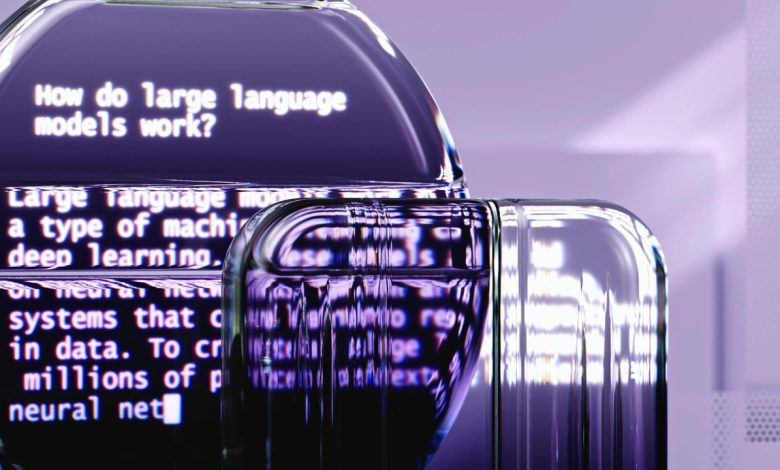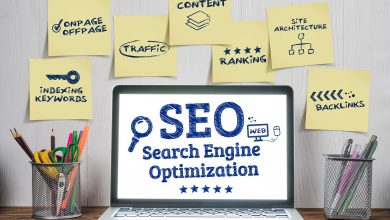
Artificial Intelligence is redefining translation workflows. In sectors like e-commerce or entertainment, a mistranslated tagline may result in an awkward ad, but rarely more than a meme. In highly regulated industries—pharmaceuticals, legal, and finance—the stakes are far higher. Here, a single mistranslation can derail clinical trials, jeopardize patient safety, or invalidate contracts.
As CTO of LanguageCheck.ai, I have seen how AI-powered translation tools can accelerate workflows and reduce costs, but also how their unchecked use introduces dangerous vulnerabilities. The hype around “human-level” machine translation obscures a critical truth: regulated sectors demand precision, context, and compliance that AI alone cannot yet guarantee.
The Rise of AI Translation in Regulated Industries
Pharma and legal companies are under pressure to process vast volumes of multilingual documentation. In life sciences, trial protocols, informed consent forms, and regulatory submissions must be localized across dozens of markets. For global law firms, contracts, litigation filings, and discovery materials span multiple jurisdictions and languages.
Generative AI models promise to handle this at scale, with near-instant output. This is enticing for cost-conscious organizations, but it introduces risk. Unlike professional translators bound by industry standards (such as ISO 17100 for translation services), AI lacks inherent accountability. A subtle semantic error could lead to misinterpretation of dosage, misclassification of risk factors, or ambiguity in a legal clause.
Case Study: Pharma’s Translation Problem
In 2023, the European Medicines Agency (EMA) reported inconsistencies in translations of patient information leaflets submitted as part of drug approval processes. Some errors stemmed from over-reliance on automated tools. Even minor discrepancies in phrasing about dosage or contraindications can trigger delays in approvals—or worse, result in misinformation reaching patients.
Pharmaceutical companies are acutely aware of compliance risk. Regulators like the FDA and EMA expect absolute clarity. But when machine translation is deployed without rigorous validation, the margin for error widens.
Legal Translation: Precision or Precariousness?
The legal sector faces similar challenges. Courts have dismissed evidence when translations were found to be inaccurate or misleading. AI systems, trained on probabilistic language models, tend to “hallucinate” plausible but legally invalid wording.
For example, a contractual clause such as “best efforts” carries specific legal weight in English law. In another language, an AI system might render it as a generic equivalent of “reasonable efforts,” altering the enforceability of the entire contract. These are not just linguistic nuances—they are material legal risks.
Why AI Alone Falls Short
The issue is not that AI translations are “bad.” In fact, they are remarkably good for general contexts. The problem is that regulated industries require traceability, accountability, and validation. AI translations rarely provide:
- Auditability – Can we trace how the translation was generated and justified?
- Consistency – Will terminology remain uniform across thousands of documents and markets?
- Contextual Sensitivity – Does the system understand domain-specific jargon and regulatory framing?
- Liability Clarity – Who is responsible for errors: the AI vendor, the implementing company, or no one?
Without human-in-the-loop review, companies face unacceptable exposure.
Building a Responsible Framework
The path forward is not abandoning AI, but embedding it into workflows responsibly. At LanguageCheck.ai, we recommend a human-AI hybrid framework:
- AI for Drafting – Use AI to accelerate first-pass translations, especially for large volumes of routine material.
- Terminology Management – Maintain domain-specific glossaries and enforce them consistently.
- Human Validation – Expert translators validate critical texts, especially those destined for regulators, courts, or patients.
- Audit Trail – Preserve metadata on how translations were produced, reviewed, and approved.
- Compliance Alignment – Benchmark against standards such as ISO 17100 and regulatory guidelines.
This model harnesses AI’s efficiency while safeguarding accuracy and compliance.
A Broader Ethical Imperative
AI’s rapid adoption in translation reflects a broader business reality: efficiency often wins over caution. But in industries where lives, rights, and reputations are at stake, we cannot afford to prioritize speed over certainty. The push for “responsible AI” must extend beyond bias and fairness debates to include linguistic integrity.
For pharma and legal organizations, translation is not a back-office function—it is a frontline risk factor. AI should be treated as a powerful accelerator, not a trusted final authority.
Conclusion
As enterprises integrate AI into critical workflows, the translation function deserves special attention. The danger is not that AI makes mistakes—it’s that organizations might treat AI output as infallible. In highly regulated industries, a single mistranslation is not just a typo; it is a liability, a compliance violation, or a patient safety risk.
AI will undoubtedly remain a cornerstone of translation strategies in pharma and legal sectors. But the winners will be those who implement it with discipline: pairing automation with expert oversight, embedding compliance into workflows, and demanding accountability from vendors.
Because in these industries, the right word isn’t just important—it can be a matter of life, law, or liberty.




